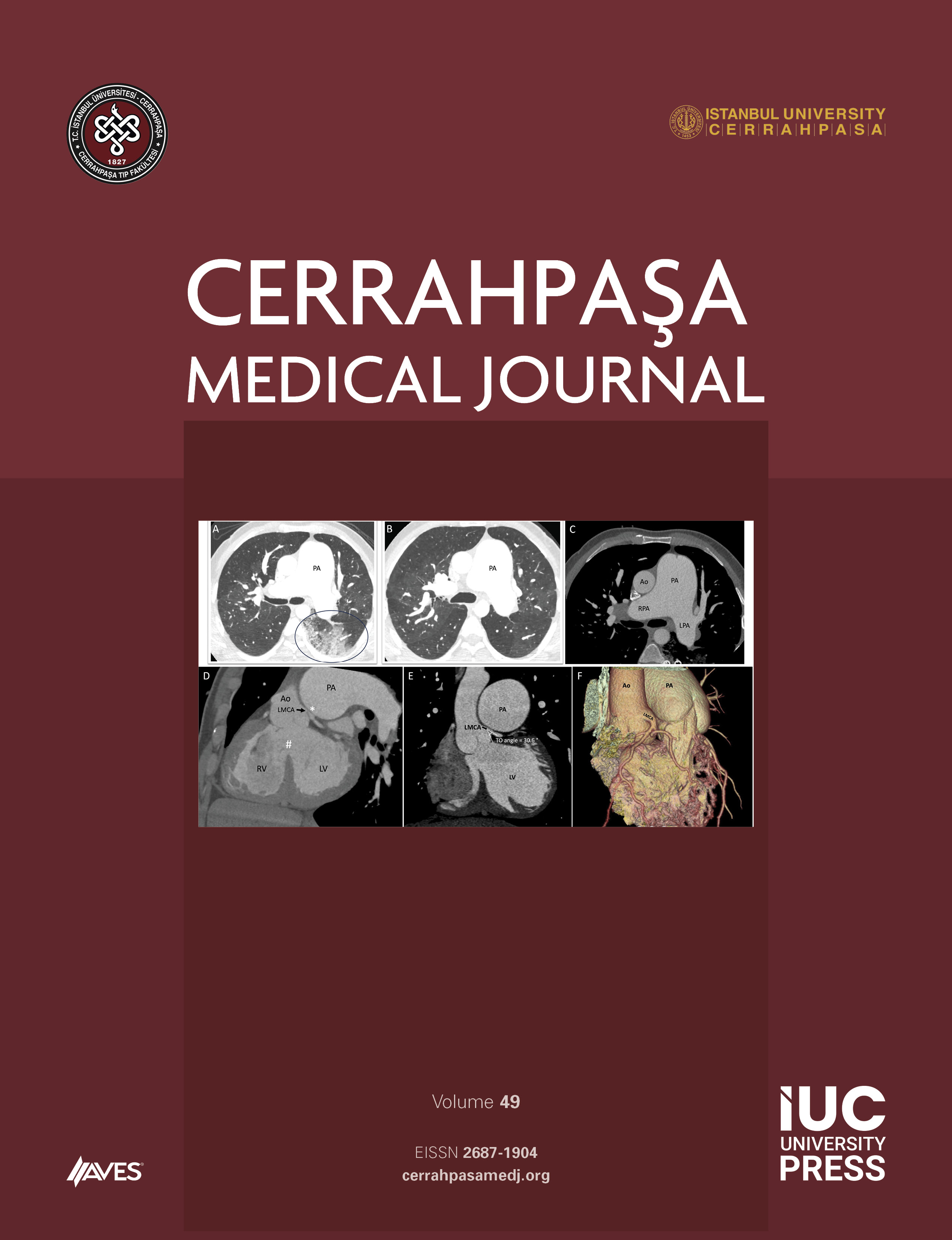Objective: This study aimed to determine the radiation dose contribution of radiopharmaceuticals labeled with 99mTc, 18F, and 68Ga to the technologists’ annual occupational doses over 6 years.
Methods: The scintigraphic examinations were subdivided into 6 groups: (i) positron emission tomography/computed tomography (fluorine-18 fluorodeoxyglucose and Gallium-68 prostate-specific membrane antigen/Dotatate), (ii) positron emission tomography/Magnetic Resonance, (iii) singlephoton emission computerized tomog raphy /comp uteri zed tomography, (iv) single-photon emission computerized tomography, (v) thyroid scintigraphy and uptake, and (vi) dual-energy x-ray absorptiometry. A total of 19 technologists worked in the period between 2016 and 2021, and the corresponding personnel dosimeter records were evaluated retrospectively. The annual number of scintigraphic examinations and annual occupational doses to which the technologists were exposed as well as the absorbed doses per procedure were yielded in microsievert (μSv) for the working technologists.
Results: Annual occupational dose values and dose per exam were found to be 4.6 ± 2 mSv and 4.67 ± 1.75 μSv in positron emission tomography/ computed tomography, 1.434 ± 0.249 mSv and 3.64 ± 0.76 μSv in positron emission tomography/Manetic Resonance MR scans, 2.008 ± 0.3 mSv and 0.98 ± 0.07 μSv in single-photon emission computerized tomog raphy /comp uteri zed tomography scans, 1.478 ± 0.386 mSv and 0.63 ± 0.24 μSv in single-photon emission computerized tomography scans, 1.710 ± 0.154 mSv and 0.59 ± 0.06 μSv in thyroid scintigraphy and uptake measurements, and 0.334 ± 0.221 mSv and 0.052 ± 0.027 μSv in dual energy x-ray absorptiometry scans.
Conclusion: The dose contribution of positron emission tomography/computed tomography is the highest among the nuclear procedures conducted for diagnostic purposes. Our analysis highlighted that the workload of imaging technologists should be limited to 10 patients per day in positron emission tomography/computed tomography involving the routine tasks of activity preparation, injection, patient positioning, and patient discharge.
Cite this article as: İpek Işıkcı N Demir M, Sönmezoğlu K. Evaluation of annual occupational doses of technologists in diagnostic nuclear medicine. Cerrahpaşa Med J. 2022;46(3):226-229.



